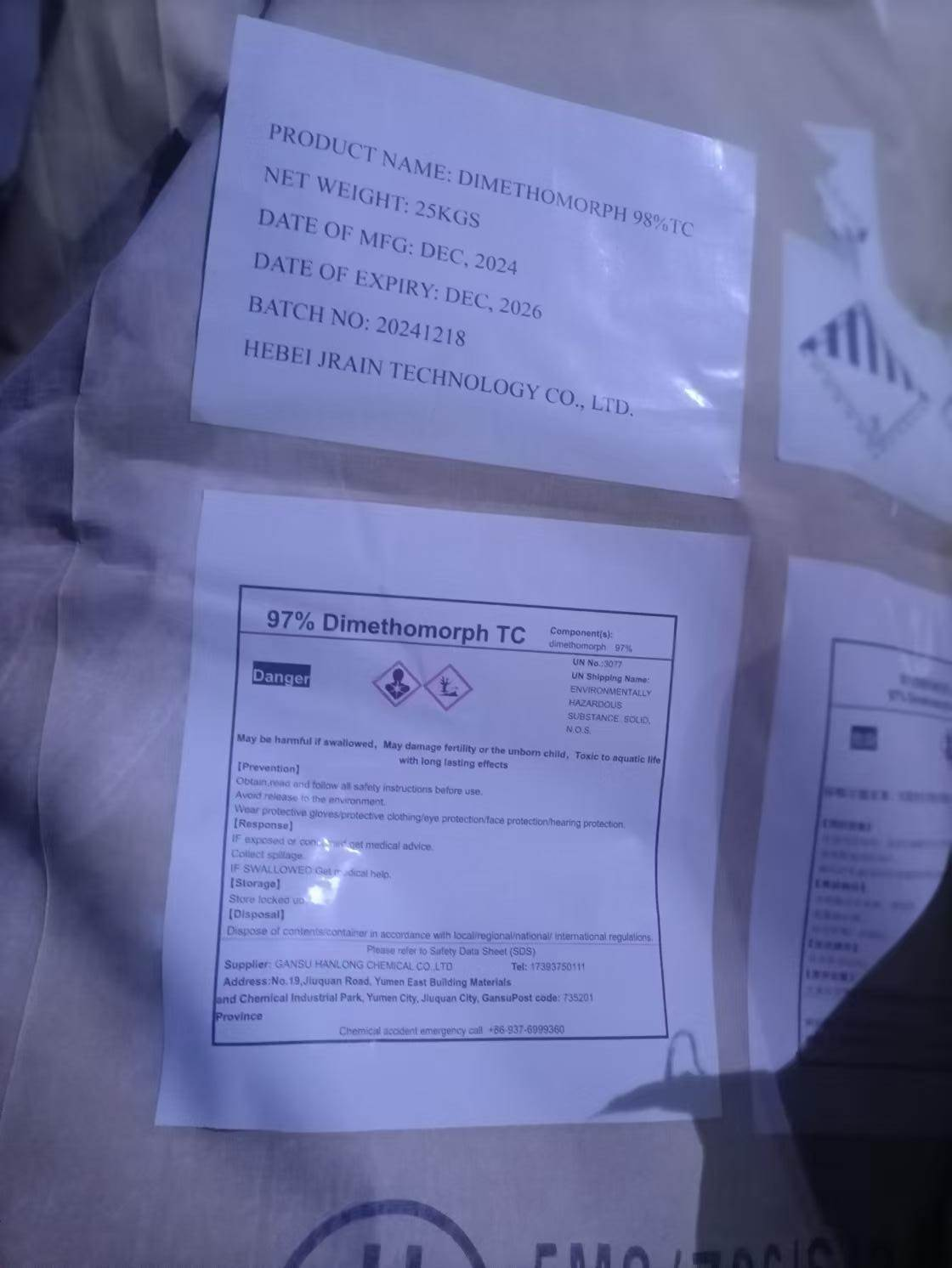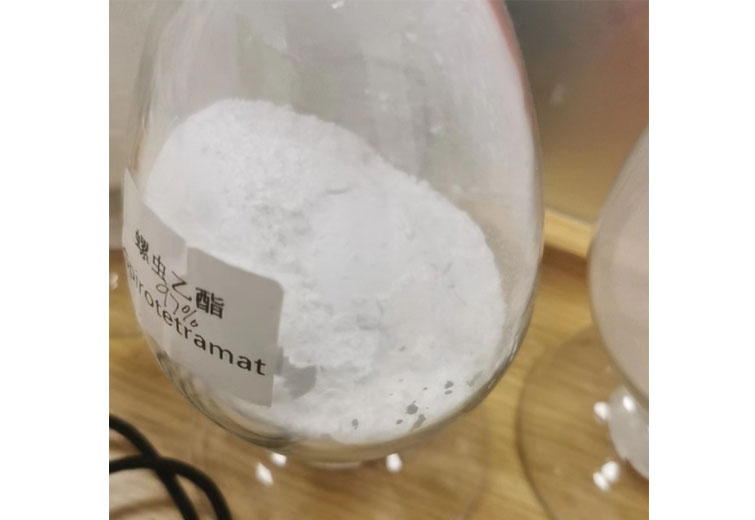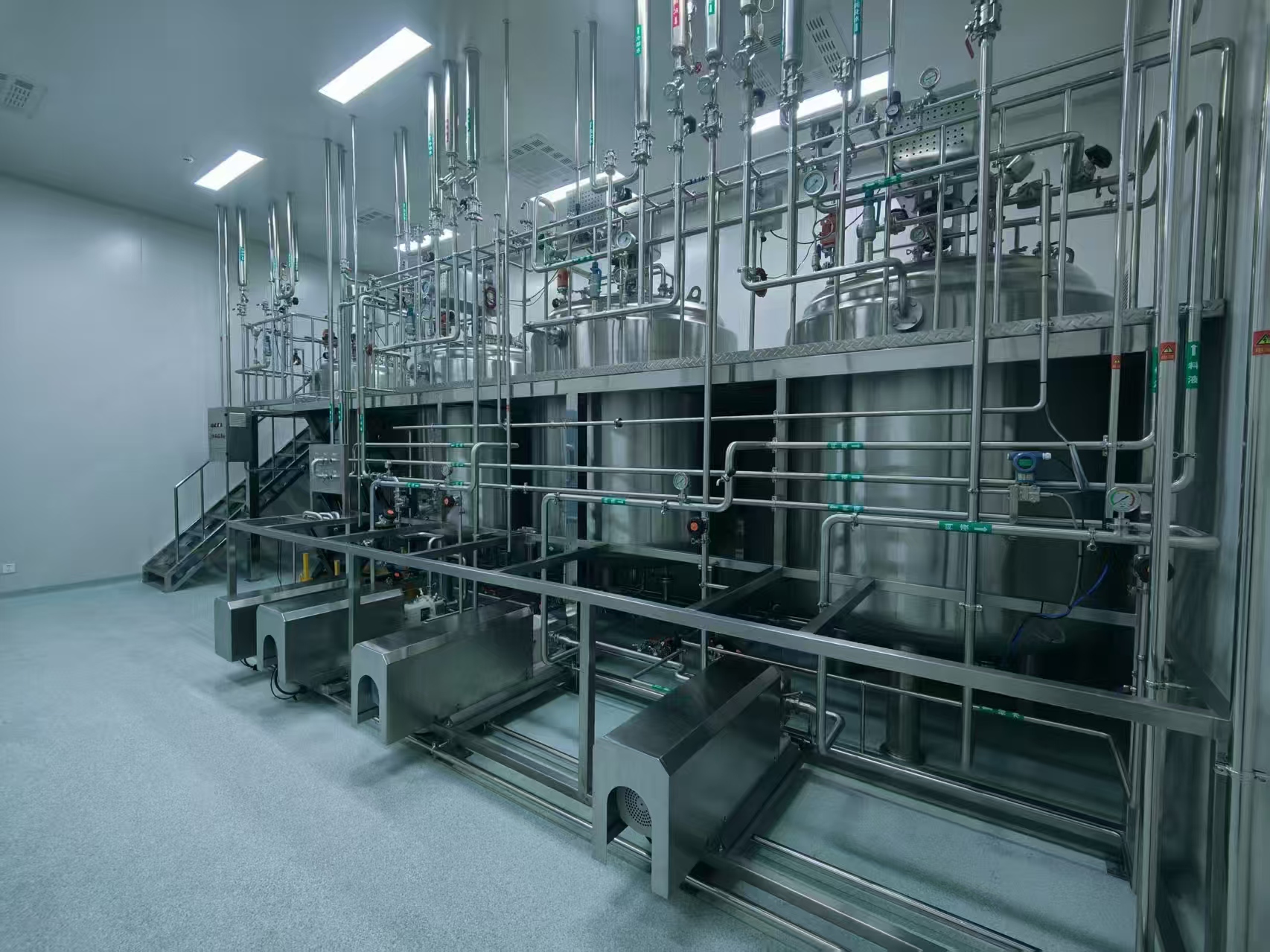![[object Object]](https://www.hbjrain.com/images/2025/07/20250717163348398.jpg)
Dimethomorph 98%TC
Molecular weight: 387.86
Biological activity: Fungicides
Physicochemical property: Melting point: 125.2-149.2℃
Vapor pressure: (25℃) 9.7×10-4mPa
Solubility (25℃): In water 81.1 (pH 5), 49.2 (pH 7), 41.8 (pH 9) (all in mg/l, 20℃). In n-heptane 0.12 (E), 0.053 (Z); xylene 22.2 (E), 6.4 (Z); 1,2-dichloroethane 182.5 (E), 92.5 (Z); acetone 105.6 (E), 18 (Z), methanol 33.5 (E), 7.5 (Z) (all in mg/l). In n-hexane 0.11, methanol 39, ethyl acetate 48.3, toluene 49.5, acetone 100, dichloromethane 461 (all for (E, Z), in mg/l).
Stability: Stability: Stable. Store in a cool well ventilated area.
Oral: Acute oral LD50 for male rats 4300, female rats 3500, male mice >5000, female mice 3700 mg/kg b.w.Skin and eye: Acute percutaneous LD50 for rats >5000 mg/kg b.w. Not irritant to skin or eyes of rabbits. Not a skin sensitizer (guinea pigs, M&K test).Inhalation: LC50 (4h) for rats >4.2 mg/l air (maximum attainable concentration).
Product specification and packaging: 98% active compound Packaging can also be arranged according to customer requirements.
Dimethomorph Customer Reviews
Dimethomorph FAQs
-
80%High PurityEnsure the reliability of each product.
-
58%Fast-Acting FormulaQuickly provide visible effects
-
What crops is Dimethomorph most effective on?
What crops is Dimethomorph most effective on?
Dimethomorph demonstrates excellent efficacy against downy mildew in high-value crops such as grapes, potatoes, tomatoes, cucumbers, and other vegetables. It is also widely used in cucurbit production and ornamental plants where oomycete diseases pose significant threats. The fungicide provides both protective and curative action, making it ideal for integrated disease management programs in these susceptible crops.
-
How does Dimethomorph work against fungal diseases?
How does Dimethomorph work against fungal diseases?
Dimethomorph belongs to the cinnamic acid amide fungicides (FRAC Group 40) and specifically targets oomycete pathogens like Phytophthora and Plasmopara. It inhibits cell wall synthesis in the pathogens by disrupting cellulose deposition, effectively stopping mycelial growth and spore formation. This unique mode of action makes it valuable for controlling resistant strains when used in rotation with other fungicide classes.
-
What is the best application method for Dimethomorph?
What is the best application method for Dimethomorph?
For optimal performance, Dimethomorph should be applied as a foliar spray using sufficient water volume (typically 200-400 L/ha) to ensure thorough coverage of all plant surfaces. Applications are most effective when made preventatively or at the very first signs of disease. In vineyards, special attention should be paid to covering the underside of leaves where downy mildew typically initiates. High-pressure spraying equipment with fine nozzles improves deposition in dense canopies.
-
What are the rainfast properties of Dimethomorph?
What are the rainfast properties of Dimethomorph?
Dimethomorph requires approximately 4-6 hours to become fully rainfast after application. The fungicide demonstrates good adhesion to plant surfaces, but heavy rainfall shortly after spraying may reduce efficacy, particularly on new growth that emerges post-application. In regions with frequent rains, adding a suitable adjuvant can improve retention and penetration of the active ingredient.
-
Can Dimethomorph be tank-mixed with other agrochemicals?
Can Dimethomorph be tank-mixed with other agrochemicals?
Dimethomorph shows excellent compatibility with most commonly used fungicides, insecticides, and foliar fertilizers. It is frequently combined with contact fungicides like mancozeb for broader protection or systemic products like fosetyl-aluminum for enhanced activity. However, compatibility should always be verified through jar testing, especially when mixing with alkaline products or those containing copper, which may reduce efficacy.

















